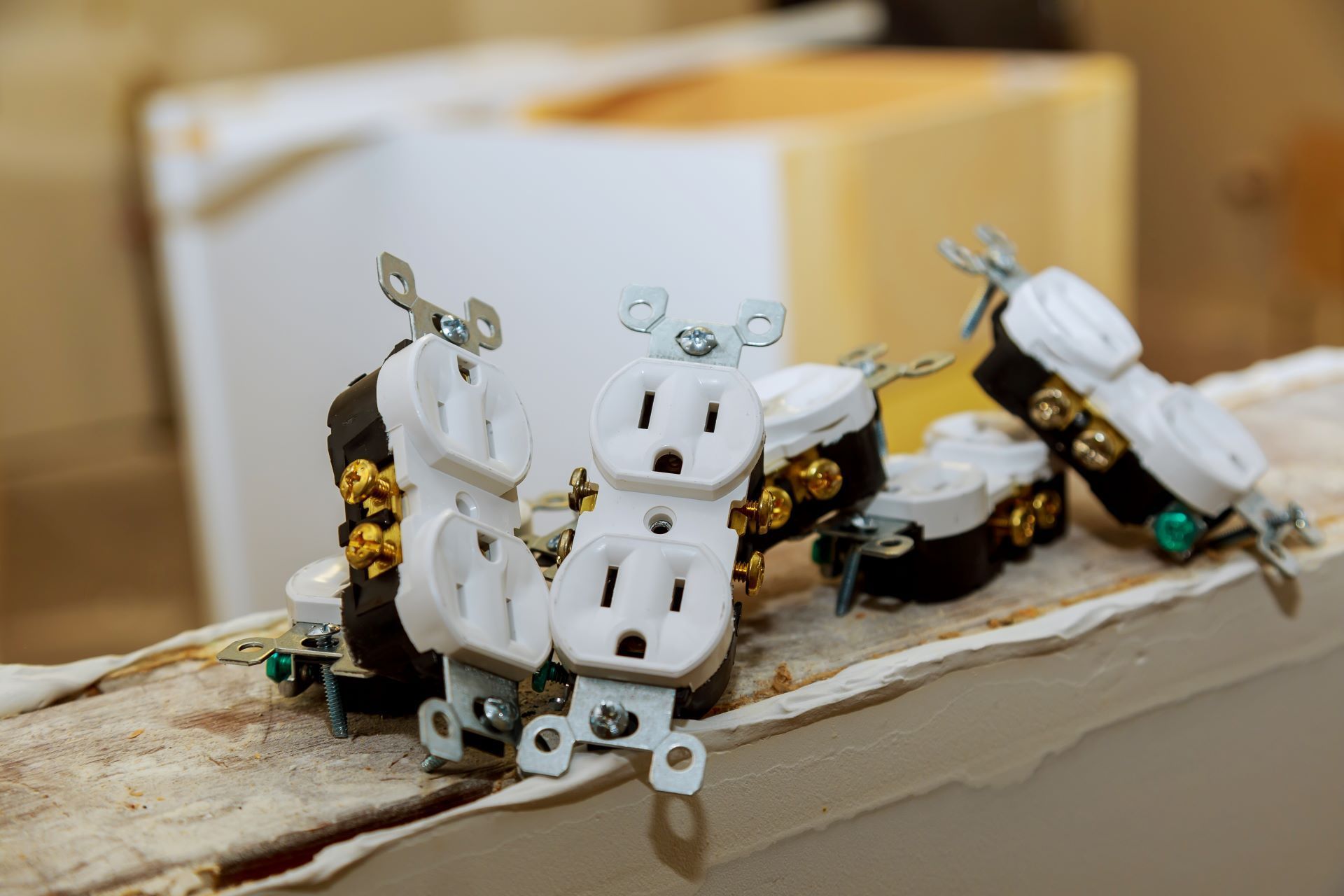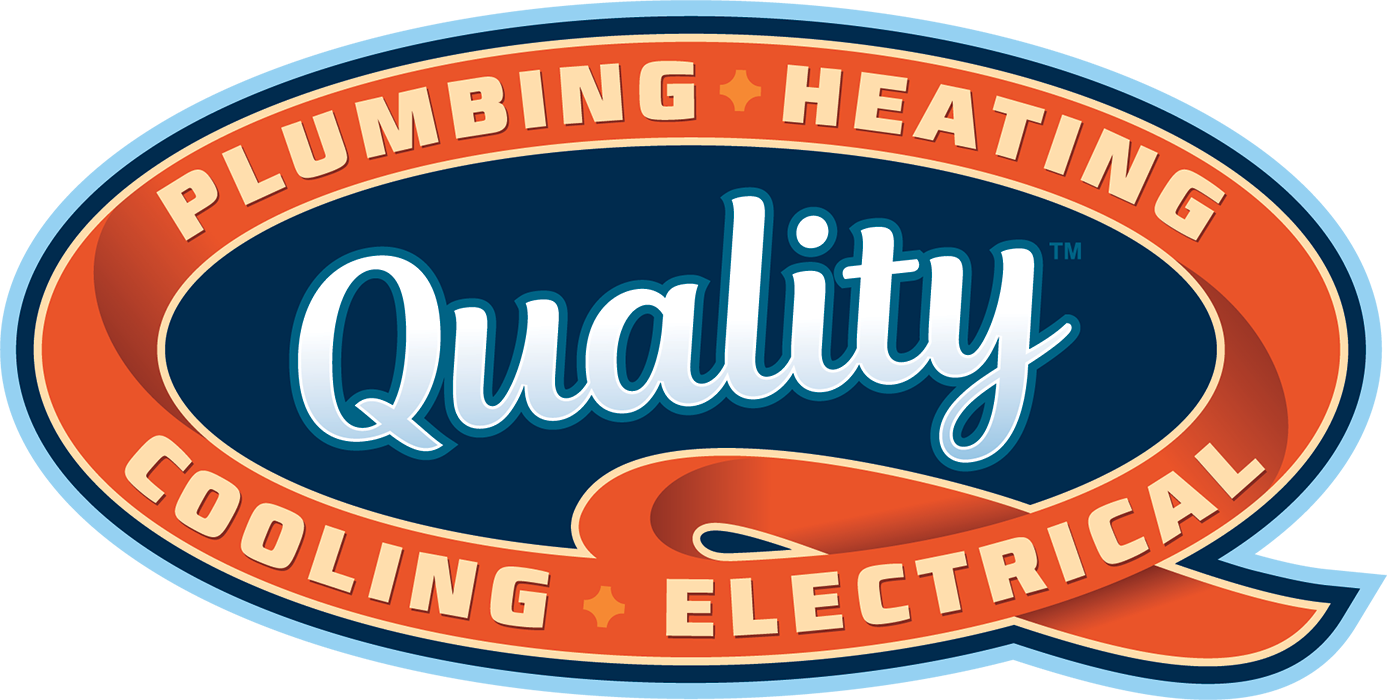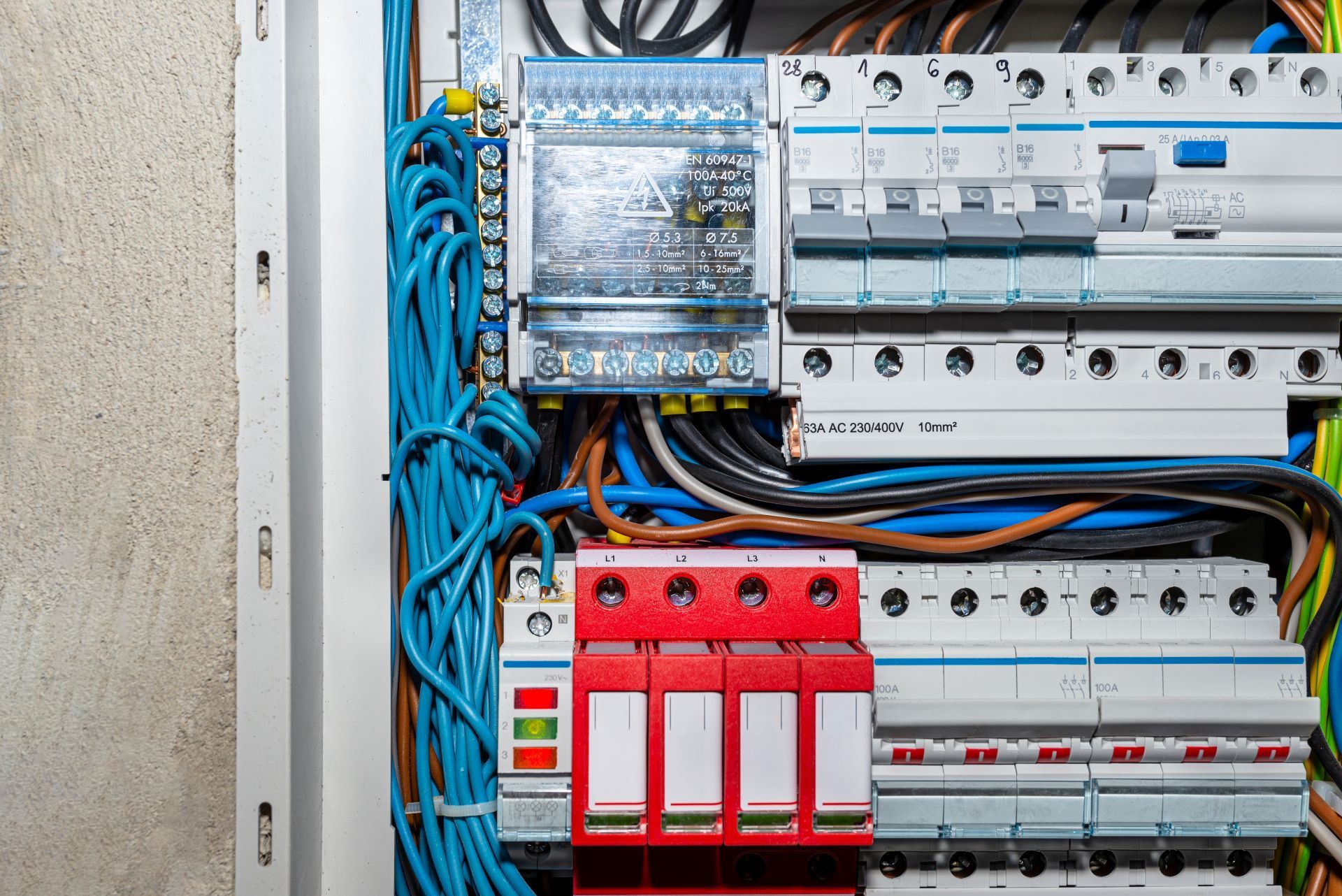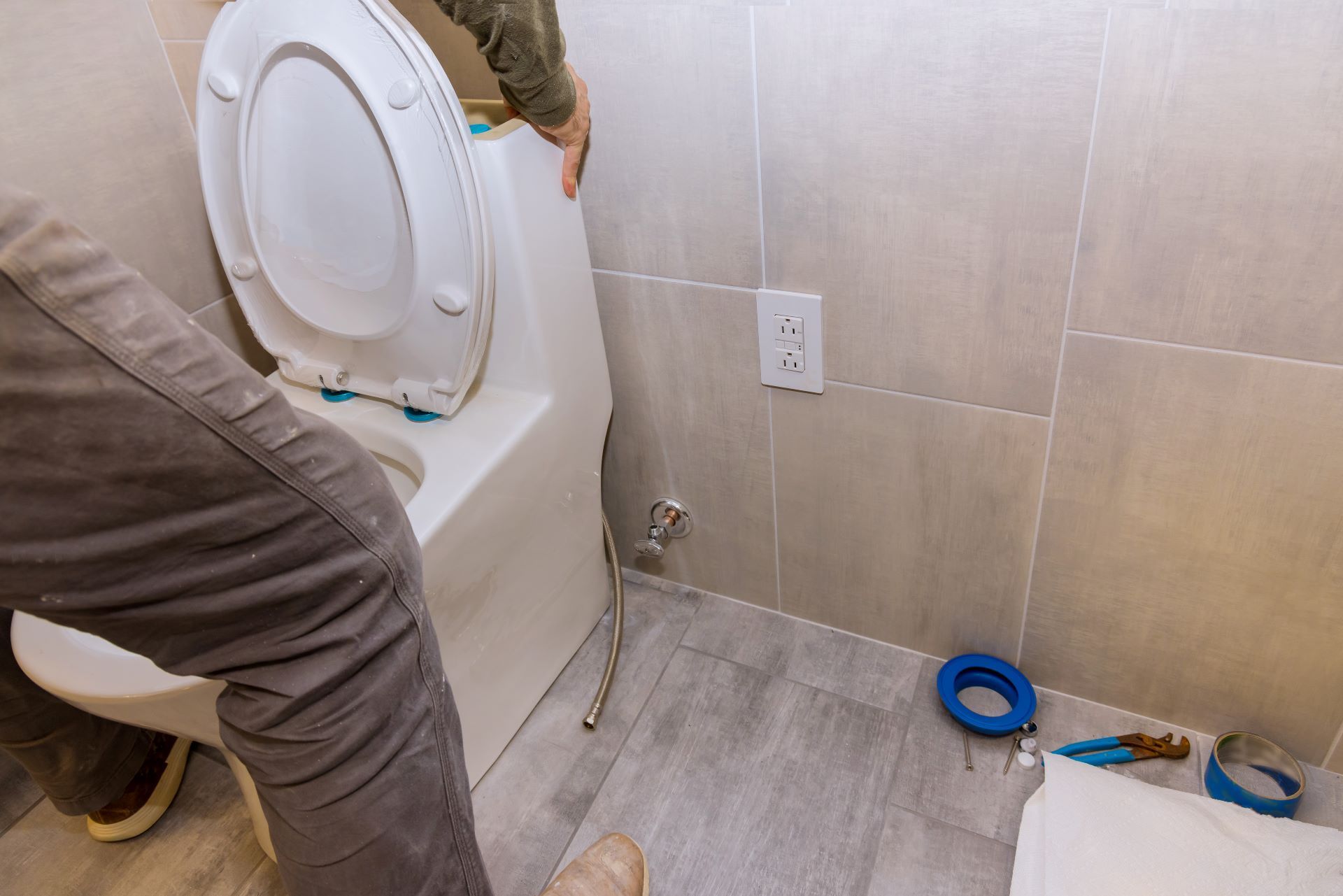How Do You Fix Ungrounded Outlets? A Homeowner’s Guide
If your home still uses older two-prong electrical outlets, you may have ungrounded outlets. These lack a proper ground path, which increases the risk of electric shock and can damage sensitive electronics. But the good news is: you have options. In this blog, we’ll walk you through how to recognize ungrounded outlets, what you can do to fix or mitigate them, and when it’s time to bring in an electrician.

Why Ungrounded Outlets Are a Concern
Modern three-prong outlets include a hot, neutral, and ground conductor. The ground is a safety path that redirects stray electricity during a fault. Without it:
- Metal parts of appliances could become energized during a fault.
- There’s a higher risk of electric shock.
- Surge protection devices may not work properly.
- Local electrical codes and safety best practices favor a grounded setup.
If your home was built before the 1960s or earlier, many of its receptacles may still be the old, two-prong type — in other words, ungrounded.
Important note: Just because an outlet has three holes doesn’t guarantee it’s grounded. Sometimes the ground connection is missing or broken. Always test and inspect.
How to Tell If an Outlet Is Ungrounded
Before you fix anything, you must confirm whether there is no ground (or a broken ground). Here’s how:
1. Visual inspection
- A two-prong outlet (only two slots) is a strong sign it’s ungrounded.
- Open the outlet (after turning power off) and look for a bare copper, green, or insulated ground wire connected to the ground terminal (green screw). If there’s none, it’s probably ungrounded.
2. Use an outlet tester
Plug in a three-light outlet tester that indicates “open ground” status. If it shows “open ground,” your outlet isn’t grounded (or the ground path is broken).
3. Continuity test (for experienced users)
With power off, use a multimeter or continuity tester to check between the ground terminal or metal box and a known grounded point. If there’s no continuity, the ground path is not intact.
Options to Fix or Mitigate an Ungrounded Outlet
There are three main paths:
- Add a grounding conductor / rewire
- Install GFCI protection (without actual ground)
- Route a ground to a separate conductor or water pipe (in rare cases)
Let’s explore each with pros, cons, and safety code requirements.
Option 1: Install a Proper Ground / Rewire
In the best-case scenario, you run a new grounding conductor from the outlet location back to the main panel or to a proper ground bus.
When this works best:
- The route is accessible (in unfinished basement, walls, or attic).
- You are comfortable with cutting walls or fishing wires.
- You want the safest, code-compliant solution.
Steps:
- Turn off power at the breaker.
- Remove the outlet.
- Run a new insulated ground wire (#12 or #14 copper, matching circuit).
- Bond the new ground wire to the outlet’s ground terminal.
- Reconnect hot and neutral wires to brass and silver screws.
- Restore power and test with an outlet tester.
Pros:
- Provides a true, functional ground.
- Surge protectors work properly.
- Meets all safety and code requirements.
Cons:
- May require drywall removal.
- More labor and cost.
- Long wire runs may be needed.
In some cases, metal conduit or metal boxes can carry ground continuity, but only if reliably bonded. Never assume a metal box is grounded without testing.
Option 2: GFCI Outlet (Without Ground)
If adding a physical ground is impractical, the NEC allows replacing a non-grounding receptacle with a GFCI (Ground Fault Circuit Interrupter) — even if no ground wire is present — as long as labeling is correct.
Caveats:
- GFCI does not create a true ground. It only monitors for imbalance and cuts power if needed
- You must label the outlet or faceplate “No Equipment Ground.”
- Downstream outlets protected via LOAD terminals must also be labeled “GFCI Protected” and “No Equipment Ground.”
- Surge protectors or sensitive devices may not function correctly in this setup.
Steps:
- Turn off power and remove the old outlet.
- Identify LINE (from panel) and LOAD (to other outlets).
- Connect LINE hot and neutral to GFCI terminals.
- Optionally connect LOAD wires to extend protection.
- Leave ground terminal unconnected if no ground exists.
- Label the outlet appropriately.
- Restore power and test with the TEST/RESET buttons.
When to choose GFCI:
- Ideal when full rewiring is not feasible.
- Allows downstream protection.
- Budget-friendly and code-compliant.
Limitations:
- No physical ground means limited surge protection.
- Some testers may report "no ground" even when GFCI is working.
Option 3: Bonding to Metal Pipe or Conduit
In rare cases, you might bond to a properly grounded metal conduit or metallic water piping. This method has strict limitations:
- The metal must be reliably bonded and grounded.
- Local codes may restrict or disallow this method.
- Bonding jumpers must meet code.
Most homeowners should avoid this approach unless a licensed electrician verifies safety and compliance.
Electrical Safety and Code Notes
NEC Requirements
- NEC 406.4(D)(2) permits GFCIs without ground if labeled correctly.
- Never use a “bootleg ground” (tying ground to neutral). This is illegal and dangerous.
- Downstream GFCI-protected outlets must also carry correct labels.
Testing
- Use GFCI TEST/RESET buttons.
- Confirm proper wiring with a tester or multimeter.
- Test that downstream outlets lose power if GFCI trips.
Additional Code Tips
- Use tamper-resistant (TR) outlets where required.
- Kitchens and bathrooms require GFCI or AFCI protection under most codes.
When to Call an Electrician
Hire a professional if:
- You’re unsure about wiring or local code.
- Grounding options are unclear or inaccessible.
- You need a full home rewire.
- Local law requires licensed installation and inspection.
A licensed electrician ensures your work is safe, grounded, and compliant. Our team can handle a variety of
electrical work for you!
Local Homeowner Tip
Many older homes in Kodak and Morristown still have two-prong, ungrounded outlets. Upgrading improves safety, adds resale value, and helps with insurance or inspection requirements.
Need help?
Let The Quality Electrical Team Assist You
Fixing ungrounded outlets doesn’t have to be daunting. You have real options:
- Rewiring is the safest, most complete solution.
- GFCI replacement is a valid, often cost-effective approach.
- Avoid shortcuts like tying ground to neutral.
If you’re unsure or need help, trust our licensed electricians in Knoxville, TN, to get the job done right.
Request an Appointment
Fill out the form below and a member of our team will be in touch to schedule an appointment.








